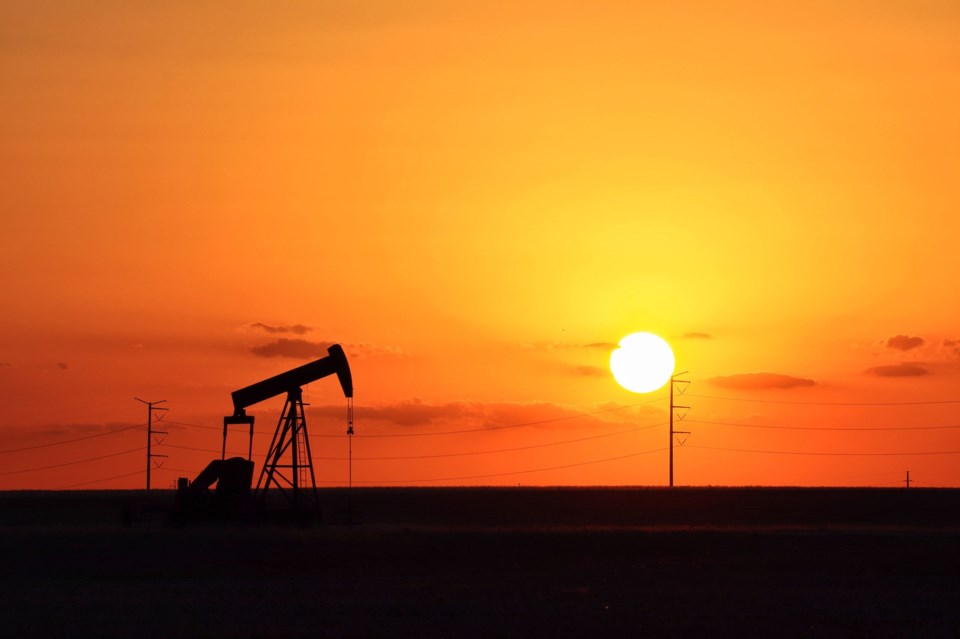On July 24, 2023, the economy analyst team at The Perryman Group released a study on the economic impact of the current heatwave. In addition to taking a toll on residents’ health, researchers warn that the record-breaking temperatures could cost over $9 billion to the state.
According to the report, several factors play a role in the economic impact: lower agricultural yields, the decline in productivity across multiple industries and increasing rates of morbidity and mortality caused by the higher-than-normal heat. But at the same time, one could expect these losses to be compensated by an increase in utility consumption.
Therefore, given the complexity of the issue, the group created a forecast to better grasp the extent of the repercussions this summer will have on the state’s economy by conducting an examination of economic reactions to average temperature variations spanning several decades across all 50 states as well as a projection of the potential effects of a long-term trend toward hotter summers to come.
As reported by the study, if this summer’s trend continues through this August with 2.6 degrees above the state’s average temperature, Texas would see a net loss of $9.55 billion in real gross product, although the impact on different sectors of the economy differs from one another.
“The greatest relative losses are found in agriculture (more than 5.7%),” said President and CEO of The Perryman Group, Dr. M. Ray Perryman in the study’s brief. “The largest absolute losses among major sectors include financial industries ($3.91 billion), due to losses such as crop insurance, and services ($2.11 billion), largely because of lethargic performance in professional and business services.”
Perryman also pointed out that the biggest contributor to the losses — some 90% of them — is a decline in productivity. “It has to do with, obviously, people,” Perryman told the Texas Standard. If you’re working outdoors, you have to have more breaks, you have to hydrate more, that kind of thing.” Continuing, Perryman added that more people have heated-related health problems that can lead to missed work, adding, “It doesn’t create a huge amount of job losses right now – obviously we’re in a workforce shortage situation, very low unemployment rates – but it creates a lot of drop in productivity.”
The study concluded that if summer temperatures continue to rise one degree above the historical average each year through 2050, then the economic impact on the Texas economy could reach $400 billion.




